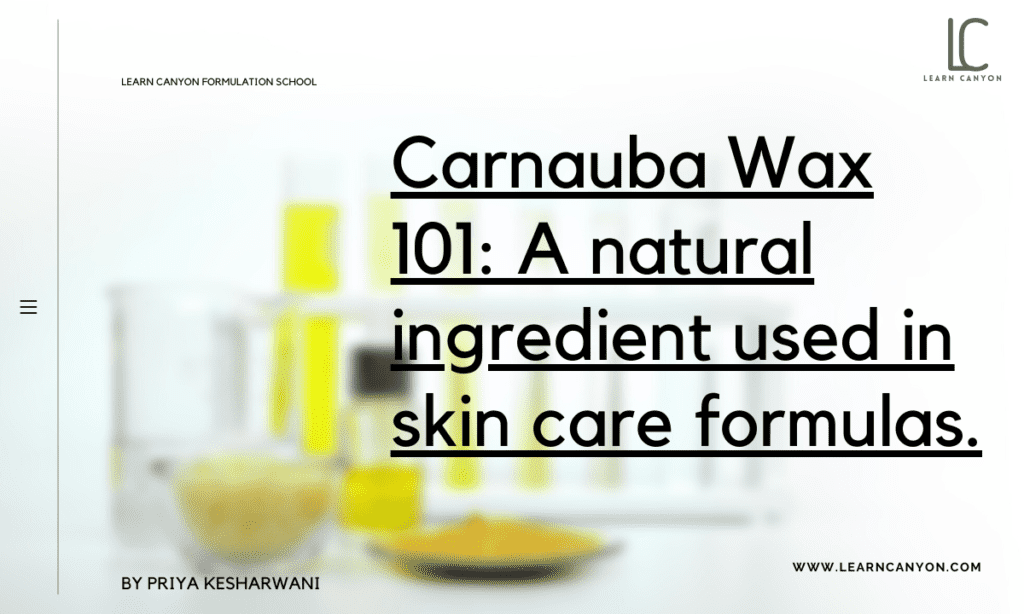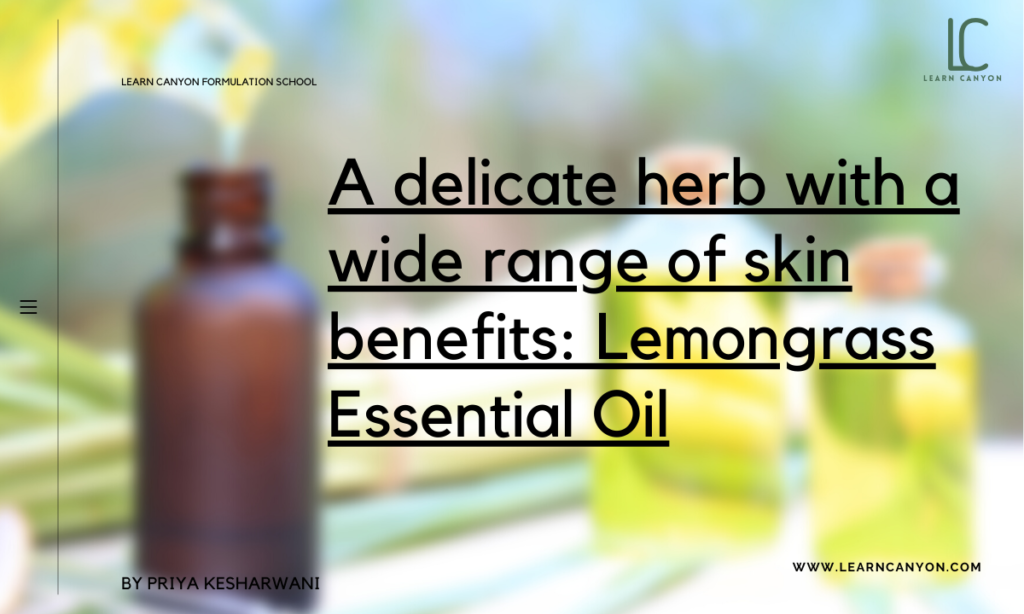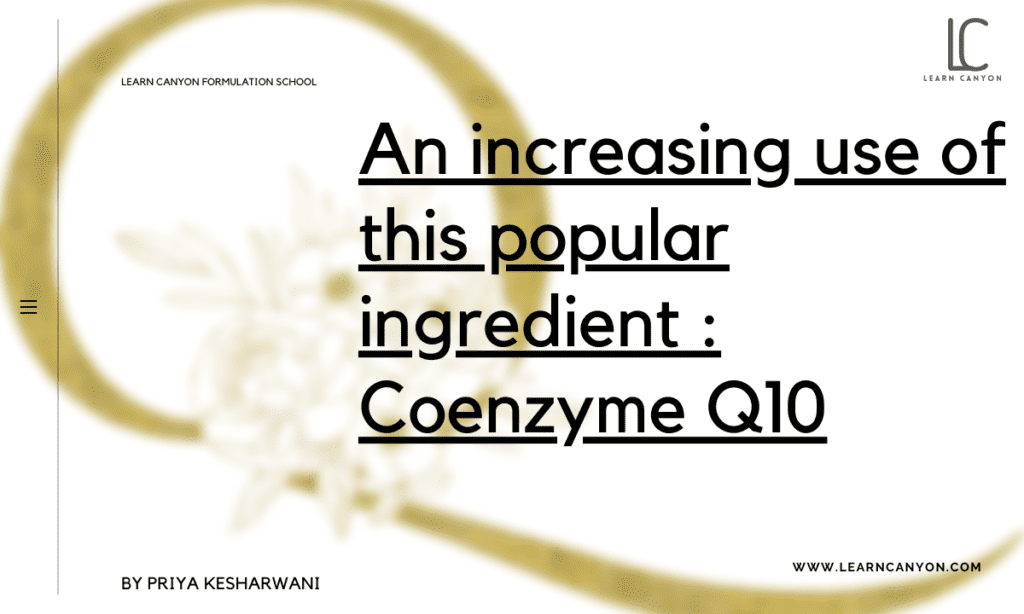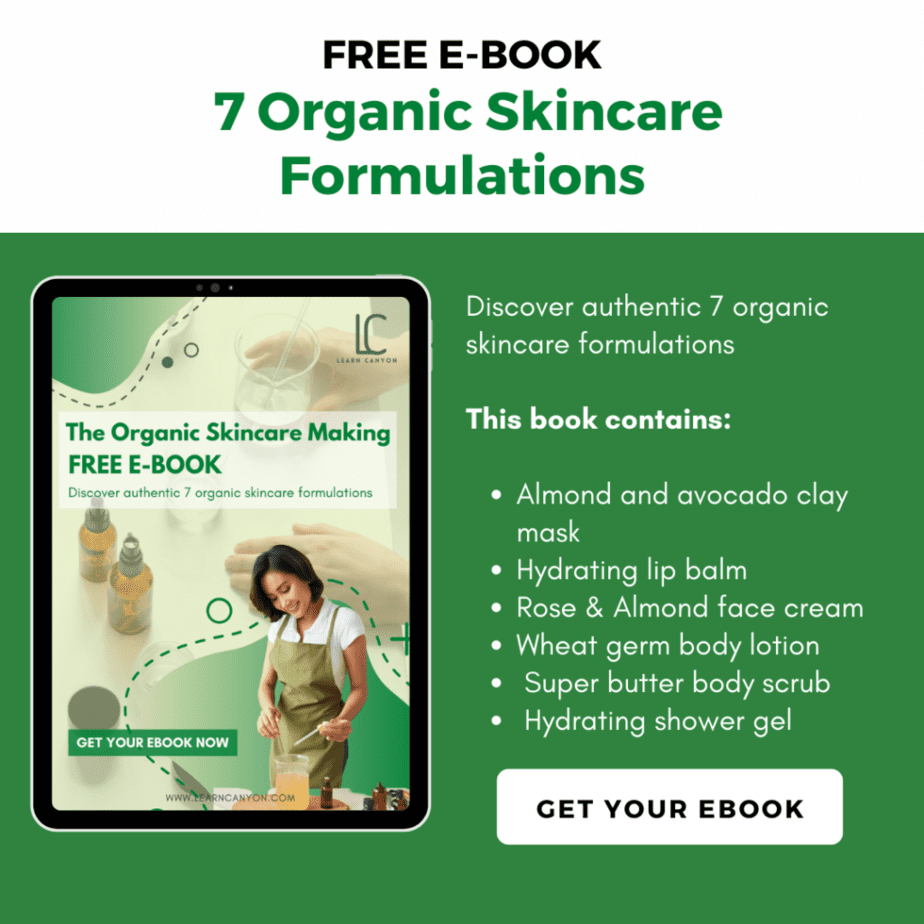
Carnauba Wax – Queen of Waxes

What is Carnauba Wax?
Carnauba wax comes from the leaves of the “Tree of Life,” a Brazilian palm tree (Copernica cerifera).
The hardest natural wax is carnauba. This “Queen of Waxes” is one of the hardest natural waxes and is obtained by sun-drying the tree leaves that have been harvested.
The withered leaves are next hammered to release their yellowish-brown wax coating, which frequently falls off in flakes. It has a high melting point and characteristic aroma.
| What is it? | Carnauba wax comes from the leaves of the Copernicia Cerifera palm in Brazil and is a firm, yellow wax. It is the toughest vegetable wax available. |
|---|---|
| INCI | Copernicia Cerifera Wax |
| Appearance | Thin yellow flakes |
| Texture | When melted, it produces goods that are exceedingly rigid and glassy. |
| Recommended Usage | 1-10% |
| Solubility | Oil soluble |
| Melting point | 81–90°C |
| Boiling point | NA |
| pH | 7 |
| Aroma | The aroma of carnauba wax is distinct and pleasant. |
| Why do we include it in formulations? | As a thickening agent, it aids in the creation of a smooth and glossy finish. As an emollient, it aids in the softening and smoothing of the skin. Provides a lustrous sheen. |
| How to work with it? | Include it in your formula's heated oil phase; it must be melted into the finished product. |
| Applications | Many skin products benefit from the use of carnauba wax, which helps them last longer. Because of its emulsifying, thickening, softening, and emollient properties, it's a common hypoallergenic cosmetic ingredient. To stiffen or solidify lip balm, use it as a hardener. |
| Absorption rate | Average |
| Strength | Strong, glassy, glossy hardening wax. |
| Weaknesses | Carnauba wax lacks the creamy consistency of beeswax, and as a result, it might be disappointing in products if you want a creamy finish. |
| Substitution | Candelilla wax |
| How to store it? | Avoid coming into contact with oxidising substances. Store away from incompatible chemicals in a cool, dry, well-ventilated location. Containers should be tightly closed. |
| Shelf life | Carnauba wax should last at least a year. |
Fun Fact
| Type of ingredient | Thickener |
|---|---|
| Main benefits | Carnauba wax is frequently used as a thickening, emulsifier, and hardening agent. |
| Who should use it | You can use it on a daily basis. |
| Works well with | In the vegan cosmetics sector, this is an essential element. |
| Works well with | Carnauba wax is commonly used in conjunction with other thickening agents such as cocoa butter or beeswax, and it is compatible with all oils and oil-soluble substances. |
| Doesn't work with | Unless an emulsifier is employed, it won't work with water-soluble substances like herbal or flower extracts. |
| How to use it in formulations | Add to your formulations during the oil phase. |
Mechanisms of action
Carnauba wax is used as a thickening in cosmetics such as lipstick, eyeliner, mascara, eye shadow, foundation, deodorant, and skincare and sun care preparations due to its hypoallergenic and emollient characteristics, as well as its gloss.
Carnauba wax offers excellent emulsification and oil-binding characteristics for ester oils and mineral oils. It also raises the melting point of gels, making it one of the most popular ingredients in lipsticks, lip balms, and mascara. It creates gleaming and slick surfaces.
Benefits of Carnauba wax
Carnauba wax is a good natural cosmetics component with the following benefits:
1. Carnauba wax aids in the stability of cosmetic compositions.
The high melting point of carnauba wax makes it suitable for enhancing the thermal-stability of cosmetic formulations, ensuring that they maintain their physical or molecular composition even at high temperatures. Because of its natural hardness, shine, and water-proofing qualities, carnauba wax is ideal for use in candles as well as cosmetics such as lip balms and deodorants.
2. Carnauba wax aids in the waterproofing, glossing, and lustrous appearance of items.
In addition to its protective properties, it imparts a glossy and shiny finish to any surface. Carnauba wax is resistant to water harm since it is not soluble in it. The layer of carnauba wax prevents any substance from penetrating the surface.
3. Carnauba wax aids in the creation of items that are creamy and spreadable.
Carnauba wax is compatible with a wide range of waxes produced from plants, animals, and minerals, as well as natural and synthetic resins. In any of these mixtures, carnauba wax boosts the binding capabilities of constituents in emulsions, allowing liquids to easily connect with chemical compounds, particularly oils. This is beneficial for
Side Effects of carnauba wax
Carnauba Wax can cause dry skin, acne, rashes, inflammation, dermatitis, dizziness, nausea, blurred vision, and eye dryness, irritation, or burning.
How to use it in formulation?
In order to be employed in a composition, carnauba wax needs to be heated to a higher melting temperature than beeswax. To melt, it must be heated to a temperature of 180°F to 185°F. Carnauba wax is tougher than beeswax, so keep that in mind when using it in your formulation.
Work well with other ingredients
Carnauba wax is frequently blended with additional thickening substances such as cocoa butter or beeswax to give hardness to the texture of a product. It also provides skin and hair with a protective layer, as well as gloss and vitality. Carnauba wax offers exceptional emulsification and oil-binding properties for ester and mineral oils.




